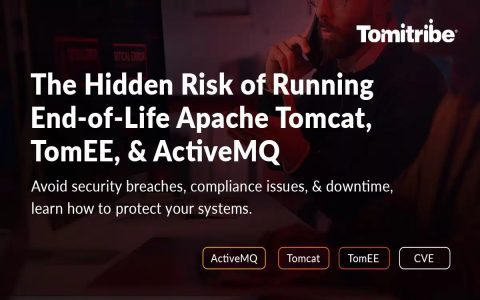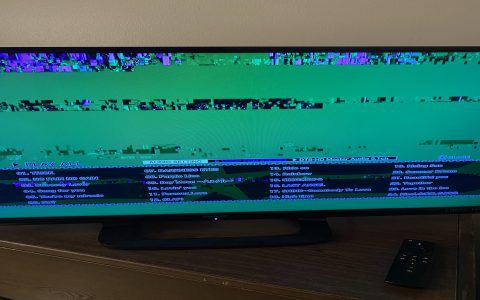Selecting the optimal Tomcat hosting requires careful evaluation of several technical factors to ensure smooth Java application deployment and operation.
Key Technical Requirements
- Java Version Compatibility: Precisely match the host's supported JVM versions with your application's requirements. Confirm JVM vendor options (OpenJDK, Oracle) and patch update frequency.
- Tomcat Version & Configuration: Ensure the host supports your specific Tomcat version (e.g., 9.x, 10.x). Verify access to *, *, and other critical configuration files.
- Resource Allocation (CPU/RAM): Analyze your app's baseline and peak load requirements. Assess dedicated vs. shared/virtualized cores and RAM guarantees, especially during traffic surges or garbage collection cycles.
- Deployment Mechanism: Determine support for WAR file deployment, Tomcat Manager access, or direct server control. Check deployment automation capabilities via CI/CD pipelines.
Critical Hosting Features
- Performance & Isolation: Prioritize providers using high-performance NVMe SSDs. Evaluate virtualization level (KVM, Docker, vs. oversold shared hosting) for consistent I/O and CPU performance isolation.
- Scalability Architecture: Verify seamless vertical scaling (RAM/CPU upgrade procedures) and horizontal scaling capabilities (load balancing integration, session replication support).
- Security Posture: Mandate firewalls (hardware/software), DDoS mitigation, isolated application environments (not shared JVMs), regular JVM/Tomcat patching, and SSL certificate management.
- Java/Tomcat-Specific Admin Tools: Require JMX monitoring access, heap dump analysis tools, thread dump capture, and granular control over JVM startup parameters (Xmx, Xms, GC settings).
Operational Considerations
- Expert Support: Confirm 24/7 support with deep Java and Tomcat troubleshooting expertise. Test response SLAs for JVM crashes, OutOfMemoryErrors, or classloading issues.
- Management Overhead: Assess the administrative dashboard. Ideal providers offer one-click WAR deployment, logging access without SSH, and configuration UIs minimizing CLI requirements.
- Transparent Uptime: Demand SLA-backed uptime guarantees with transparent public reporting. Automated Tomcat restart on failure is a critical feature.
Prioritize these technical and operational aspects over generic hosting features. Rigorously verify compatibility, control, performance isolation, and specialized support to minimize configuration headaches and runtime failures.








